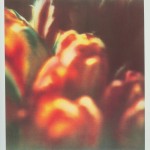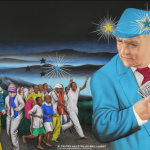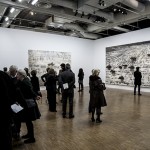
From a forgotten wicker trunk came a treasure of war. More than a hundred letters, unpublished, written by Derain’s hand, a whole correspondence of the years of war addressed to her “dear Alice.”
This volume brings together 255 letters written by André Derain to Alice. An exceptional testimony of a Frenchman in the Great War, he is also a chronicle of the artistic scene narrated by a sensitive pen by an artist of rare intelligence.
Published on the occasion of the exhibitions “Derain Balthus Giacometti“, presented at the Musée d’Art moderne of the City of Paris, 2 June – 29 October 2017; and “André Derain, 1904-1914, the Radical Decade”, Paris, Centre Pompidou, October 4, 2017 – January 29, 2018.

The exhibition “Rubens. Portraits princes “presented at the Luxembourg Museum from October 4, 2017 to January 14, 2018, the reference monograph on the artist, written by Nadeije Laneyrie-Dagen.
This work aims to show the work of Rubens in its diversity, from the sketches and drawings that reveal the spirit of its creation, to the engravings and the tapestries. The exceptional variety of work is emphasized, the centerpiece of which is altarpieces and profane cycles, of history or mythology, and where the portrait, the genre scene and the landscape occupy a prominent place .

A cultural history of the gaze on art seems more appropriate, since it alone is capable of grasping the modalities that radically affect artistic contemplation, and consequently the objects contemplated at a given time. Such an approach can be conceived in the line of Francis Haskell’s work, but its implementation must be based on new theoretical foundations. The challenges of this type of study call for new methods; it is enough to think of the immense impact of the Internet, the digital image and contemporary telephony on the current perception of the work of art.
Pascal Griener aims to apply this history of the gaze to an essential period for the understanding of our modernity: the nineteenth century.




